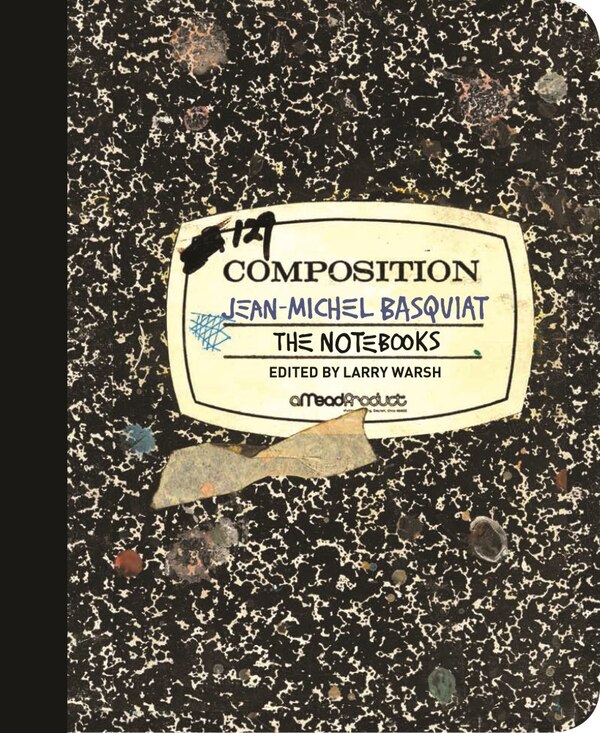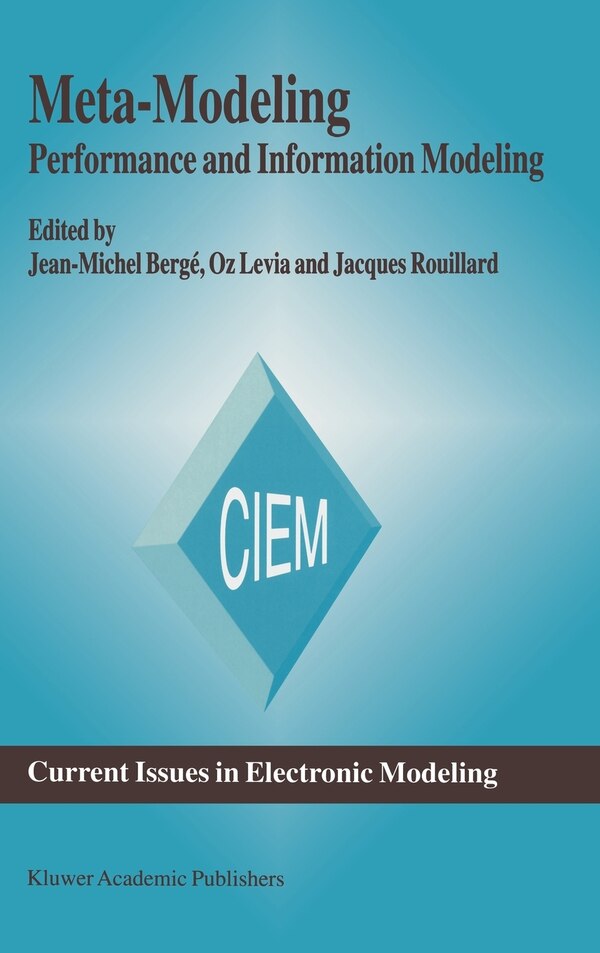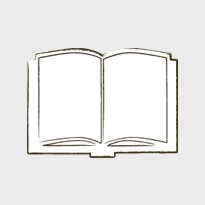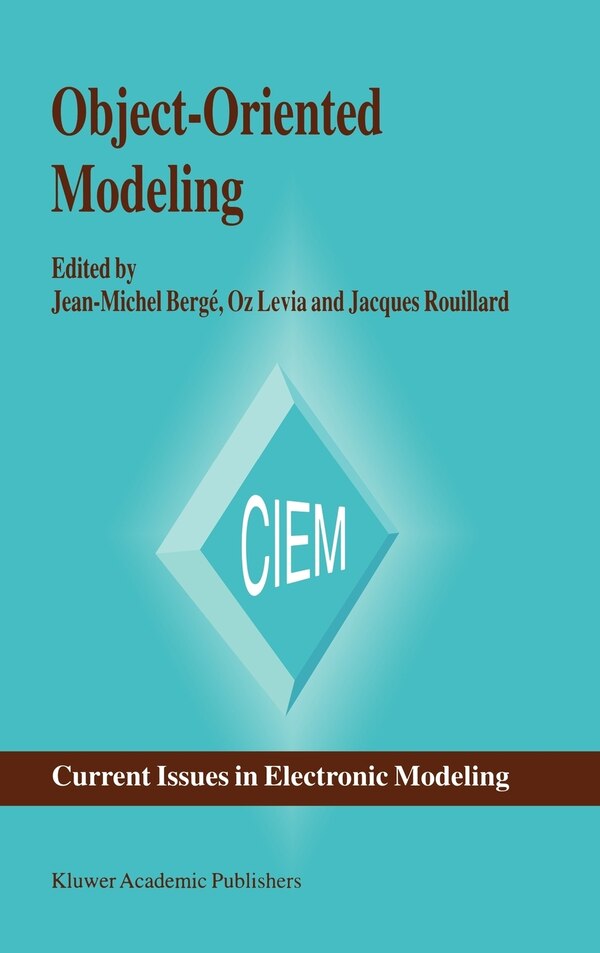
Gifting Made Simple
Give the Gift of ChoiceClick below to purchase a Bramalea City Centre eGift Card that can be used at participating retailers at Bramalea City Centre.Purchase HereHome
Collisional Effects on Molecular Spectra by Jean-Michel Hartmann, Hardcover | Indigo Chapters
Coles
Loading Inventory...
Collisional Effects on Molecular Spectra by Jean-Michel Hartmann, Hardcover | Indigo Chapters in Brampton, ON
From Jean-Michel Hartmann
Current price: $325.95
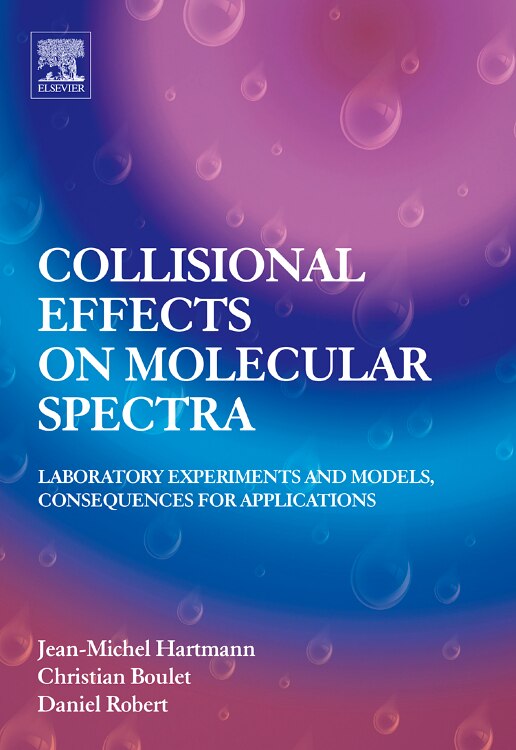
Coles
Collisional Effects on Molecular Spectra by Jean-Michel Hartmann, Hardcover | Indigo Chapters in Brampton, ON
From Jean-Michel Hartmann
Current price: $325.95
Loading Inventory...
Size: 1 x 9.45 x 2.1
*Product information may vary - to confirm product availability, pricing, and additional information please contact Coles
Gas phase molecular spectroscopy is a powerful tool for obtaining information on the geometry and internal structure of isolated molecules as well as on the interactions that they undergo. It enables the study of fundamental parameters and processes and is also used for the sounding of gas media through optical techniques. It has been facing always renewed challenges, due to the considerable improvement of experimental techniques and the increasing demand for accuracy and scope of remote sensing applications. In practice, the radiating molecule is usually not isolated but diluted in a mixture at significant total pressure. The collisions among the molecules composing the gas can have a large influence on the spectral shape, affecting all wavelength regions through various mechanisms. These must be taken into account for the correct analysis and prediction of the resulting spectra. This book reviews our current experimental and theoretical knowledge and the practical consequences of collisional effects on molecular spectral shapes in neutral gases. General expressions are first given. They are formal of difficult use for practical calculations often but enable discussion of the approximations leading to simplified situations. The first case examined is that of isolated transitions, with the usual pressure broadening and shifting but also refined effects due to speed dependence and collision-induced velocity changes. Collisional line-mixing, which invalidates the notion of isolated transitions and has spectral consequences when lines are closely spaced, is then discussed within the impact approximation. Regions where the contributions of many distant lines overlap, such as troughs between transitions and band wings, are considered next. For a description of these far wings the finite duration of collisions and concomitant breakdown of the impact approximation must be taken into account. Finally, for long paths or elevated pressures, the dipole or polarizability induced by intermolecular interactions can make significant contributions. Specific models for the description of these collision induced absorption and light scattering processes are presented. The above mentioned topics are reviewed and discussed from a threefold point of view: the various models, the available data, and the consequences for applications including heat transfer, remote sensing and optical sounding. The extensive bibliography and discussion of some remaining problems complete the text. State-of-the-art on the subjectA bibliography of nearly 1, 000 referencesTools for practical calculationsConsequences for other scientific fieldsNumerous illustrative examplesFulfilling a need since there is no equivalent monograph on the subject | Collisional Effects on Molecular Spectra by Jean-Michel Hartmann, Hardcover | Indigo Chapters
Gas phase molecular spectroscopy is a powerful tool for obtaining information on the geometry and internal structure of isolated molecules as well as on the interactions that they undergo. It enables the study of fundamental parameters and processes and is also used for the sounding of gas media through optical techniques. It has been facing always renewed challenges, due to the considerable improvement of experimental techniques and the increasing demand for accuracy and scope of remote sensing applications. In practice, the radiating molecule is usually not isolated but diluted in a mixture at significant total pressure. The collisions among the molecules composing the gas can have a large influence on the spectral shape, affecting all wavelength regions through various mechanisms. These must be taken into account for the correct analysis and prediction of the resulting spectra. This book reviews our current experimental and theoretical knowledge and the practical consequences of collisional effects on molecular spectral shapes in neutral gases. General expressions are first given. They are formal of difficult use for practical calculations often but enable discussion of the approximations leading to simplified situations. The first case examined is that of isolated transitions, with the usual pressure broadening and shifting but also refined effects due to speed dependence and collision-induced velocity changes. Collisional line-mixing, which invalidates the notion of isolated transitions and has spectral consequences when lines are closely spaced, is then discussed within the impact approximation. Regions where the contributions of many distant lines overlap, such as troughs between transitions and band wings, are considered next. For a description of these far wings the finite duration of collisions and concomitant breakdown of the impact approximation must be taken into account. Finally, for long paths or elevated pressures, the dipole or polarizability induced by intermolecular interactions can make significant contributions. Specific models for the description of these collision induced absorption and light scattering processes are presented. The above mentioned topics are reviewed and discussed from a threefold point of view: the various models, the available data, and the consequences for applications including heat transfer, remote sensing and optical sounding. The extensive bibliography and discussion of some remaining problems complete the text. State-of-the-art on the subjectA bibliography of nearly 1, 000 referencesTools for practical calculationsConsequences for other scientific fieldsNumerous illustrative examplesFulfilling a need since there is no equivalent monograph on the subject | Collisional Effects on Molecular Spectra by Jean-Michel Hartmann, Hardcover | Indigo Chapters






